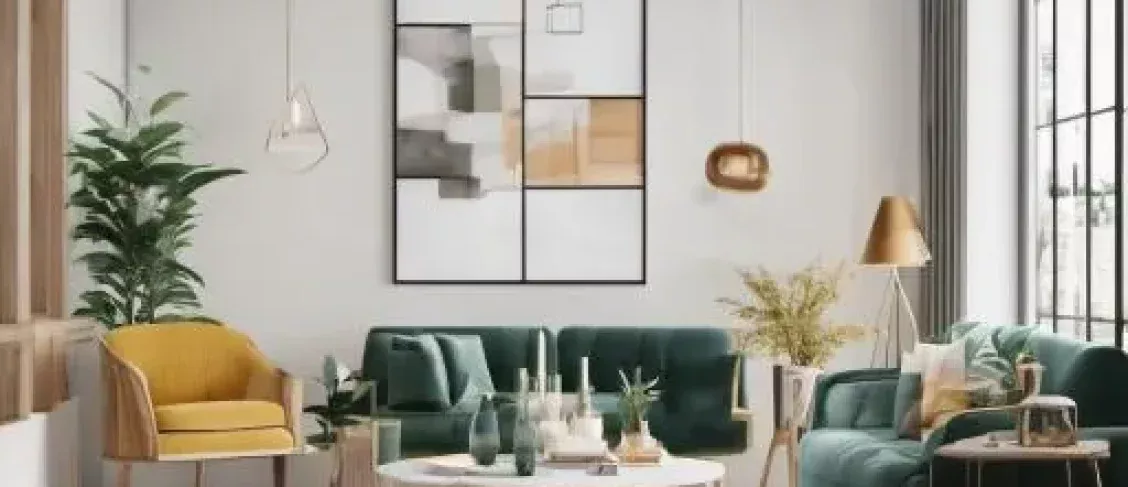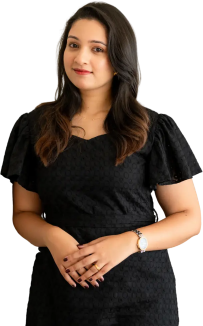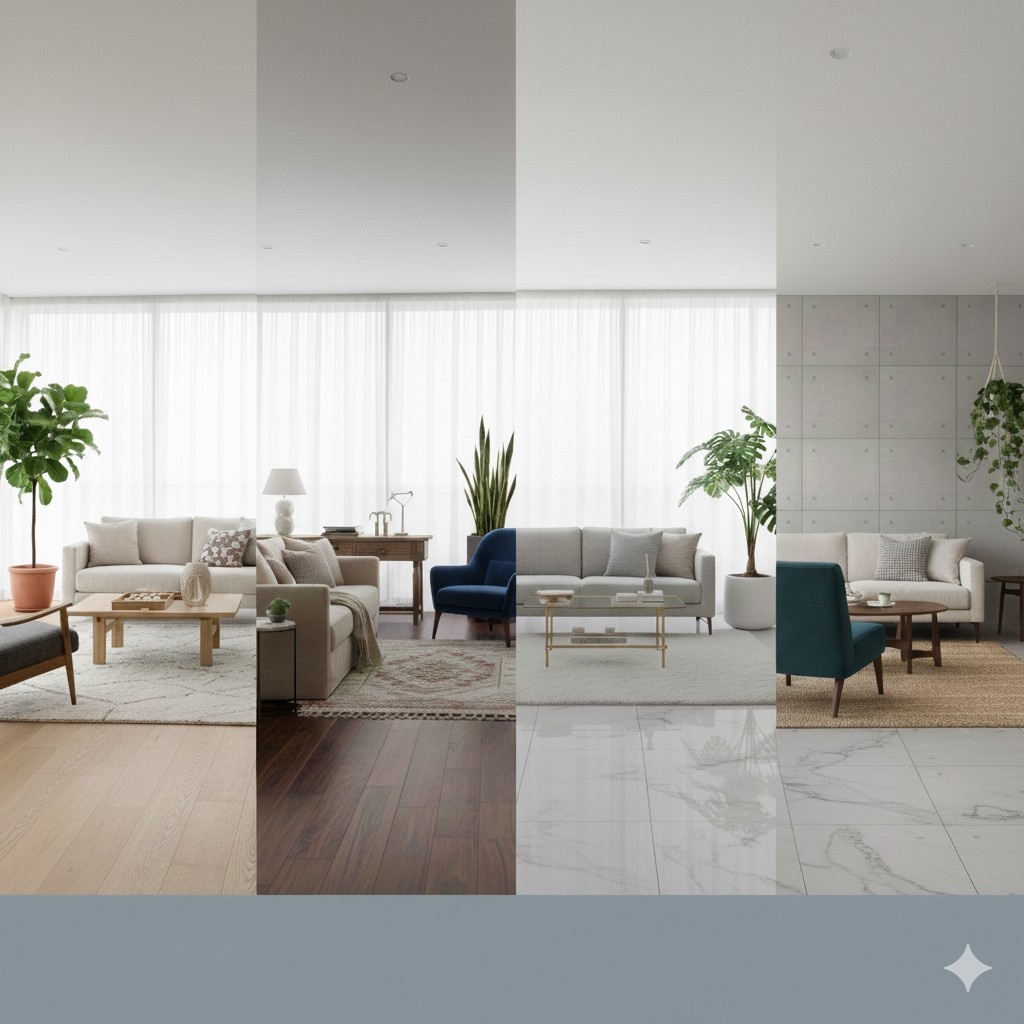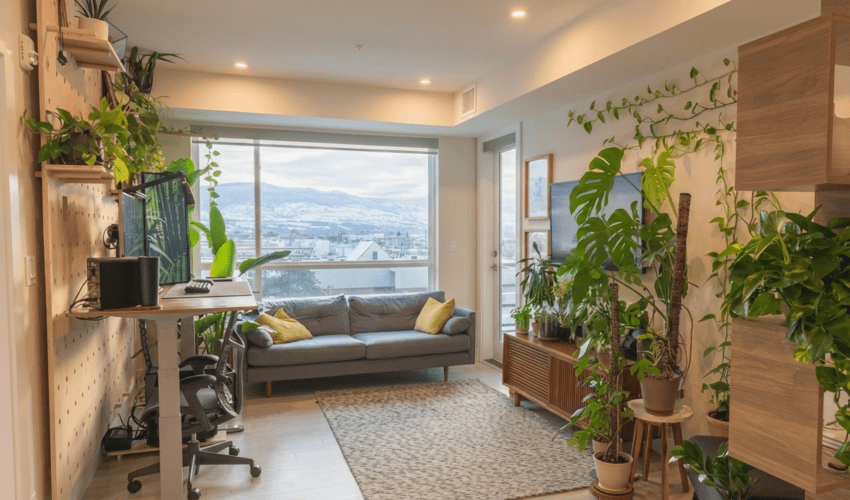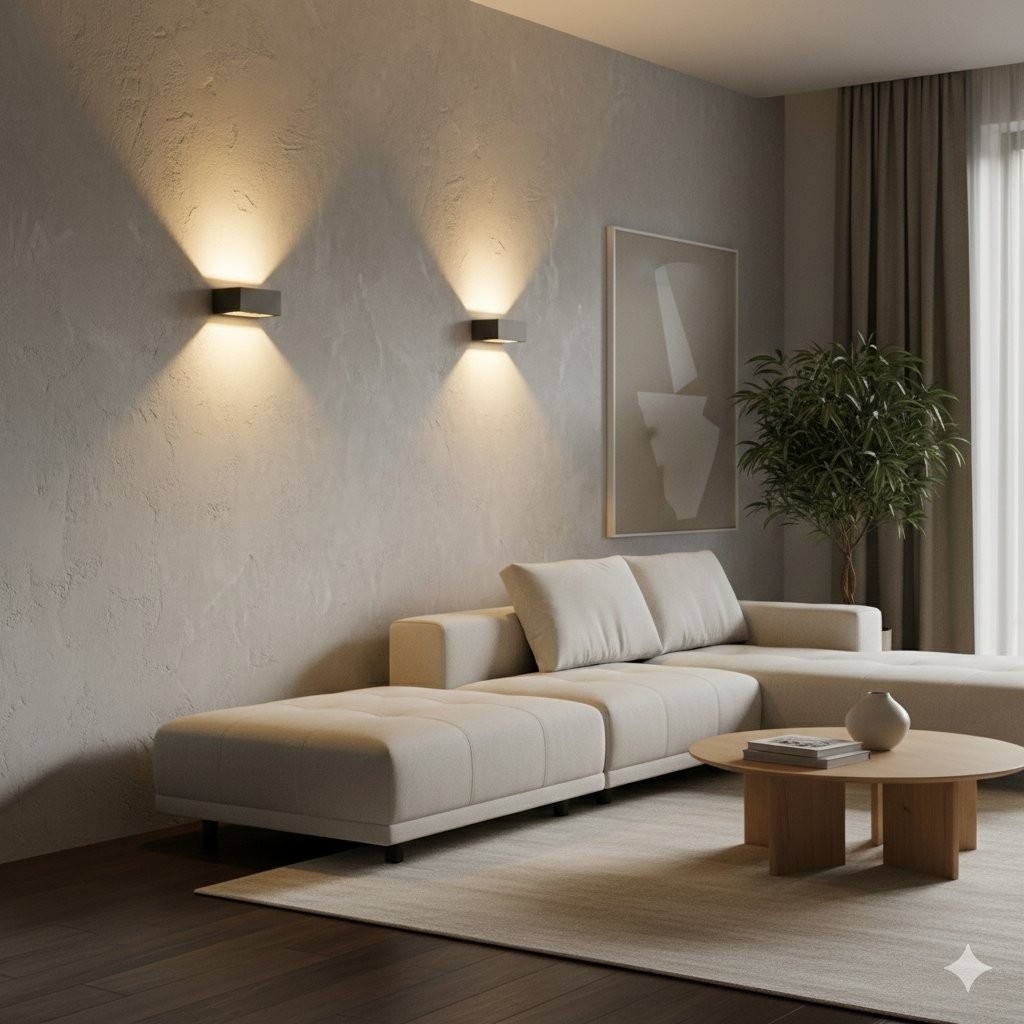As the world becomes more globalized, architecture is following a similar path—creating spaces that are functional? Yes, but often devoid of the unique qualities that reflect our diverse cultures and histories. So, how do we keep our designs grounded in meaning while embracing the future? How do we find the perfect balance between modern needs and traditional charm?
In 2025, the answer lies in vernacular design. A trend rooted in local materials, cultural symbolism, and region-specific techniques, it’s not just a look, but a lifestyle. Vernacular design isn’t a relic of the past; it’s a timely solution to some of today’s most pressing issues. From sustainability to community-building, these elements are becoming essential in shaping homes and cities that are as unique as they are functional. Let’s take a closer look at the ten vernacular design elements that are taking over in 2025—and why they should be part of your design vocabulary.
1. The Problem with Generic Designs: The Rise of Regional Identity in Architecture
We’ve all seen it. The cookie-cutter houses, the same faceless skyscrapers rising in every city, the identical suburban streets stretching out as far as the eye can see. It’s the same, everywhere you go. While these designs serve their purpose, they leave little room for individuality or character. It’s like living in a world where everything feels a bit… impersonal. Worse, this homogenization has led to the erosion of regional identity in urban development. As cities grow and expand, they lose the very essence of what makes them unique.
One way to combat this sameness in interiors is to draw inspiration from design approaches that merge tradition with a touch of modern charm, such as retro design living room styles that infuse nostalgia without compromising functionality.
So, what’s the solution? The revival of vernacular design.
Solution: Vernacular Design as a Catalyst for Cultural Revival
Vernacular design focuses on the cultural and historical elements of a place, reviving regional identity by celebrating local architecture and craftsmanship. It ensures that each building, each home, reflects the specific place it’s built in, offering not just functionality but meaning and uniqueness. By using materials and techniques that are deeply rooted in local traditions, vernacular design reconnects modern architecture with the rich stories and cultural roots of its surroundings.
Key Points:
- Vernacular design helps preserve and promote local culture.
- It ensures that spaces tell stories of heritage and history.
- Local materials like wood, stone, and clay infuse significance into every space.
2. Sustainable Materials: The Key to Eco-Friendly Design in 2025
The environmental impact of construction is no secret. From concrete to steel, traditional building materials have long been a source of carbon emissions and resource depletion. As we strive for sustainability in all aspects of life, the building industry must follow suit. How can we build homes that don’t cost the Earth? How can we create buildings that are both kind to the environment and visually appealing?
The answer is simple: sustainable materials.
Solution: The Power of Vernacular Sustainable Materials
Vernacular design leverages materials that are not just eco-friendly but are sourced locally and often renewable. Think of clay, bamboo, and rammed earth—materials that are deeply embedded in traditional building practices. These natural materials aren’t just carbon-neutral; they provide insulation and help regulate temperature, reducing the need for artificial heating or cooling. The beauty of vernacular design lies in its ability to use sustainable materials that have been perfected over generations, proving that eco-friendly solutions can be both timeless and modern.
Key Points:
- Materials like bamboo, clay, and rammed earth offer renewable, low-impact alternatives.
- Local sourcing reduces carbon footprints and supports regional economies.
- These materials contribute to energy-efficient, climate-responsive buildings.
3. The Struggle with Climate Resilience: Designing for Changing Weather Patterns
Every year, we face the impact of unpredictable weather patterns. From intense heatwaves to unseasonable rainfall, the effects of climate change are becoming more pronounced. In the face of these challenges, how can we design buildings that are resilient to shifting weather conditions, while also offering comfort and functionality? Conventional architecture often overlooks these considerations, leading to structures that are ill-equipped to deal with changing climates.
Solution: Vernacular Architecture’s Natural Climate Adaptation
Vernacular architecture is intrinsically tied to the local climate. Traditional designs were crafted with specific weather conditions in mind, using passive cooling techniques, strategic orientations, and natural materials to create homes that remained comfortable year-round. By incorporating these techniques, modern architects can build homes that are naturally climate-resilient. For example, thermal mass and natural ventilation in vernacular buildings help regulate temperatures without relying on electricity-guzzling air conditioning systems. The result? A building that’s sustainable, comfortable, and in harmony with the local environment.
Key Points:
- Vernacular designs use climate-responsive materials for natural temperature regulation.
- Passive cooling and natural ventilation reduce energy consumption.
- Architecture aligned with local weather patterns offers long-term resilience.
4. Adapting Traditional Aesthetics for Modern Sensibilities
While many of us love the charm of traditional homes, they don’t always fit the sleek, minimalistic design preferences of modern living. But why should we have to choose between modern comfort and timeless beauty? How do we keep the integrity of traditional aesthetics while making them feel relevant for today’s lifestyle?
For example, incorporating furniture with flowing silhouettes, as seen in rooms with curved lines, can soften harsh architectural elements and create harmony between past and present.
Solution: Evolving Vernacular Aesthetics for 2025
The beauty of vernacular design lies in its ability to adapt. In 2025, we’re seeing a resurgence of minimalist designs that borrow from traditional architecture. Simple, functional forms combined with natural textures and modern finishes are becoming a new standard. The use of open spaces, natural light, and earthy color palettes blends seamlessly with contemporary desires for less clutter and more meaning. By blending the old with the new, vernacular design offers a sophisticated yet comfortable aesthetic that feels both timeless and current.
Key Points:
- Minimalism and simplicity are central to both traditional and modern styles.
- Natural textures like wood, stone, and clay remain visually appealing and versatile.
- Modern technologies like smart homes can be integrated without losing character.
5. The Problem of Overcrowding and Urban Sprawl: Seeking Functional Yet Beautiful Solutions
Urban sprawl is a growing problem, with cities expanding rapidly while struggling to maintain functionality. How do we make sense of the chaos? How can we design spaces that accommodate growing populations while ensuring comfort and individuality?
Solution: Vernacular Design’s Approach to Compact, Functional Spaces
Vernacular designs often focus on maximizing the functionality of smaller spaces. Traditional homes were built with ingenuity, making efficient use of every square inch without compromising on comfort. Today’s vernacular design principles focus on compact layouts that integrate multi-functional spaces, smart storage solutions, and clever design elements to make even small homes feel spacious. The use of local materials and natural light creates environments that feel airy and open, even in dense urban environments.
Key Points:
- Vernacular design maximizes space efficiency, making homes feel larger than they are.
- Multi-functional spaces and smart design enhance usability.
- Natural light and cross-ventilation optimize comfort.
6. Building for Community: The Challenge of Creating Socially Inclusive Spaces
In today’s world, urbanization often leads to isolation. We live in cities filled with people, but how many of us truly feel connected to our neighbors or communities? How can we create environments that encourage social interaction and a sense of belonging?
Solution: Vernacular Design’s Emphasis on Community-Centric Spaces
Historically, vernacular designs included shared courtyards, open public spaces, and community areas that fostered social cohesion. Modern vernacular design follows this same principle, using communal spaces and local gathering spots to build a sense of community. These designs encourage people to interact, share experiences, and create a sense of belonging. Whether through public parks, courtyards, or open-air markets, vernacular design prioritizes community engagement, making it easier for people to connect and feel part of something larger than themselves.
Key Points:
- Shared public spaces help create community and social connection.
- Vernacular designs prioritize communal experiences, from courtyards to gardens.
- Inclusive designs help foster a greater sense of belonging.
7. Aesthetic Appeal: Balancing Beauty and Functionality in Design
Is it possible to design a building that’s as beautiful as it is functional? Often, modern architecture leans too heavily on one side, either prioritizing aesthetics over practicality or vice versa. But a building can—and should—serve both purposes. How do we balance form with function?
Solution: The Beauty of Vernacular Design in 2025
Vernacular design has always been about function meeting beauty. Timeless architectural forms serve practical needs while offering a level of craftsmanship that is visually striking. Intricate detailing, local art, and careful craftsmanship elevate even the simplest buildings. In 2025, these elements are making a comeback, showing us that beauty doesn’t have to come at the expense of utility.
Key Points:
- Vernacular design celebrates craftsmanship, elevating ordinary spaces.
- Functional beauty blends practical use with artistic expression.
- Local art and craft techniques add uniqueness to every design.
8. The Challenge of Personalization: Creating Unique Homes in a Mass-Produced World
In a world dominated by mass-produced homes and standardized designs, finding a space that truly reflects your personality can be a challenge. How do we create homes that are as unique as the people living in them?
Solution: Customization Through Vernacular Design
Vernacular design offers an opportunity for deep personalization. By incorporating traditional craftsmanship and locally sourced materials, each home becomes a reflection of its owner’s tastes, heritage, and needs. Artisans, builders, and designers work hand-in-hand to create custom-made elements that bring personality and individuality into the space. From hand-carved wooden doors to locally woven textiles, vernacular design makes personalization possible without sacrificing quality or heritage.
To make a minimalist home more welcoming without losing cultural integrity, consider layering textures, natural light, and warm color schemes, as in this warm cozy minimalist living room approach. The design experts at Euphoria Interiors specialize in blending these details to create interiors that feel both personal and timeless.
Key Points:
- Vernacular design allows for custom-made features and personalization.
- Local artisans contribute to the uniqueness of each space.
- Cultural heritage and personal identity can be woven into the design.
9. Digital Integration: Merging Technology with Traditional Design Techniques
As technology evolves, how do we integrate it with traditional design methods? How can we create buildings that are future-proof yet respectful of the past?
Solution: Vernacular Design Meets Modern Technology
Vernacular architecture isn’t resistant to technology; instead, it embraces it. Today’s technology can be seamlessly integrated into vernacular designs, bringing traditional spaces into the digital age. From smart home systems to energy-efficient appliances, technology enhances the functionality of vernacular homes without compromising their character. It’s about blending the old and the new, ensuring that modern needs are met while maintaining respect for cultural and environmental values.
Key Points:
- Technology can be integrated into traditional buildings without losing their essence.
- Smart home systems complement vernacular design principles.
- Sustainable technologies support energy-efficient, climate-resilient buildings.
10. Reviving Craftsmanship: The Dying Art of Traditional Construction
As the world moves toward industrialized, mass-produced solutions, traditional craftsmanship is at risk of being lost. But why does this matter? What’s the significance of handcraft in modern design?
Solution: Craft Revival Through Vernacular Design
Vernacular design places a strong emphasis on craftsmanship. By reviving traditional construction techniques and supporting local artisans, we not only preserve important skills but also ensure that every building is a work of art. From stonework to wood carving, the craftsmanship seen in vernacular buildings tells stories of time, place, and culture. This revival of handcraft is not just about nostalgia; it’s a commitment to quality and sustainability in architecture.
Key Points:
- Vernacular design celebrates traditional craftsmanship and artisanal techniques.
- Handcrafted elements add unique character and quality to buildings.
- Supporting artisans helps preserve cultural heritage and craftsmanship.
Conclusion: The Future of Vernacular Design in 2025 and Beyond
In 2025, vernacular design is more than a passing trend—it’s a response to the challenges of our modern world. From sustainability to personalization, climate resilience to community-building, vernacular design offers solutions that are deeply rooted in the traditions and cultures of the places they come from. As we embrace these design principles, we not only celebrate the past but create spaces that are meaningful, functional, and timeless. Vernacular design is the key to a future where architecture connects us to our roots while addressing the needs of tomorrow.
FAQs
What is vernacular design?
Vernacular design refers to architecture that reflects the local culture, materials, and techniques of a particular region. It emphasizes sustainability, historical relevance, and cultural significance.
How does vernacular design contribute to sustainability?
Vernacular design utilizes local, renewable materials and traditional building methods that are energy-efficient and environmentally friendly. It minimizes the need for mass production and reduces carbon footprints.
Can modern technology be integrated into vernacular design?
Yes! Modern technologies like smart home systems can complement traditional design techniques, creating functional, efficient spaces while preserving their cultural and aesthetic value.
Why is vernacular design important in today’s world?
Vernacular design helps preserve cultural heritage, promotes sustainability, and addresses modern challenges like climate change, overcrowding, and the desire for meaningful, personalized spaces.

